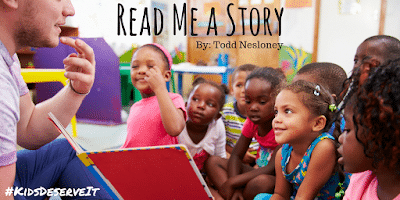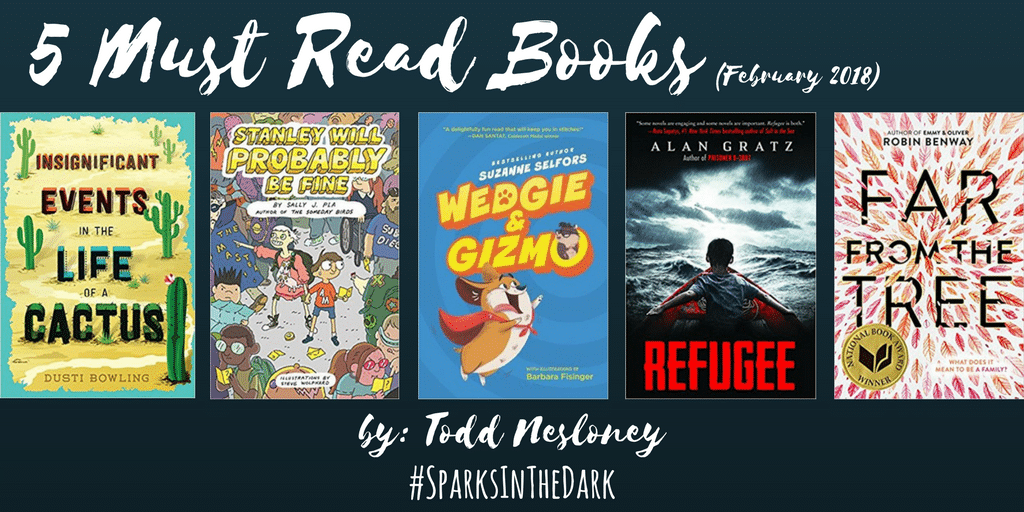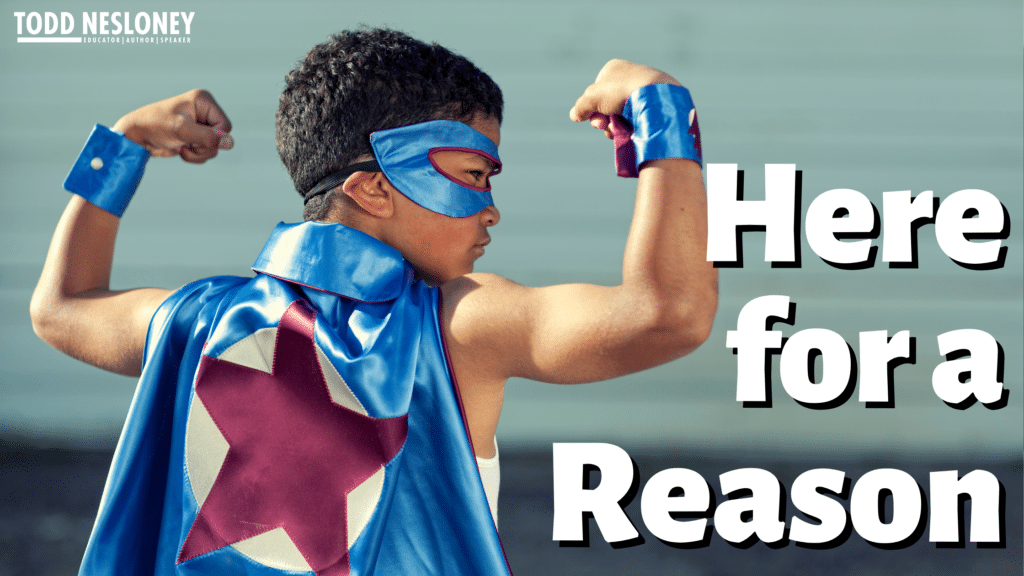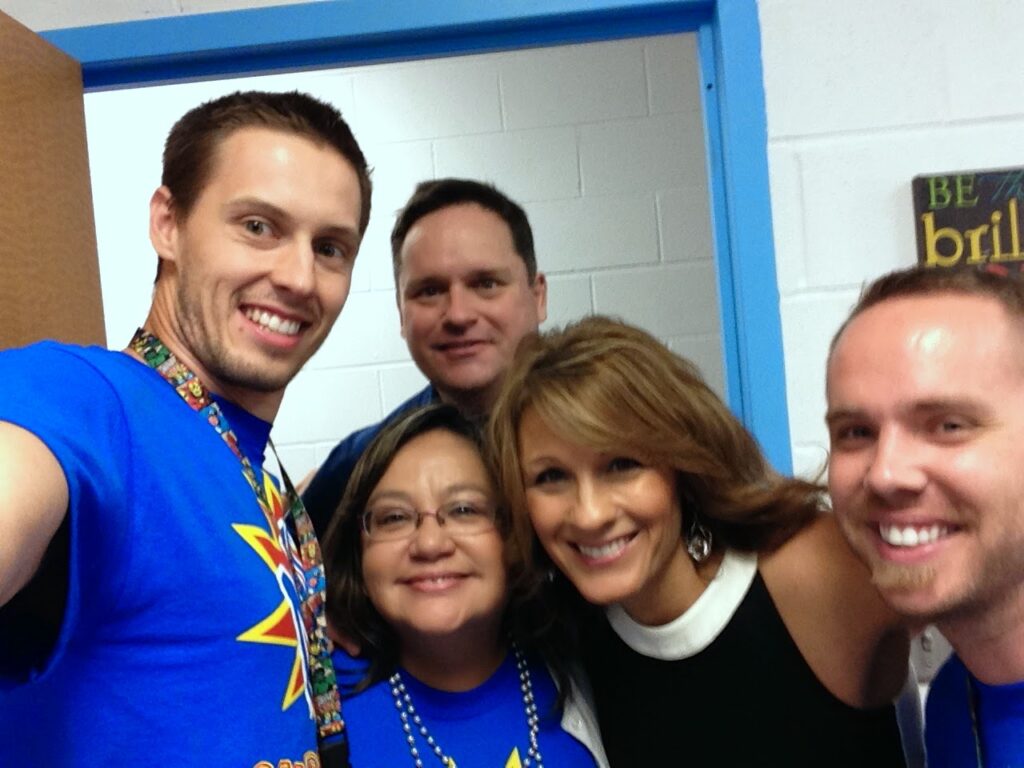Read Me A Story #KidsDeserveIt
If you take just a minute to turn on the television or pull up a news article, you are bombarded with news and information. Much of which has become a stream of gasp-inducing executive orders, mean-spirited Tweets/Facebook posts, or worse.
One of my favorite things about being a principal is the opportunity to go into classrooms and read stories. There is nothing better than walking into a classroom and having a kindergarten student tug on my pants leg and ask me, “Mr Nesloney will you read me a story?”.
And I’ve read stories to classrooms since my first year as a Principal. A few months ago, I wrote an article for Scholastic’s Reader Leader Blog called “She Looked Like Me“. That post came from a new season of my life I had entered. A season where now I feel so much more educated about providing opportunities for children to read and have stories read to them that include characters and storylines that are personal to them. No longer do I ignorantly read stories that include predominantly white and/or male characters.
I know stories teach empathy, understanding, and acceptance. Stories can teach you how to deal with your emotions, handle difficult circumstances, and remind you that you’re not alone. And as a Principal I know the importance it is to introduce children to those stories. And I’m not just talking elementary aged children either. High School students are EQUALLY as important!
The month of January I read to every PreK-5th Grade classroom and my Life Skills classes. But I didn’t just choose a story randomly off my shelf. A month or so ago I was able to visit an incredible bookstore in Minnesota. Instead of having all the picture books organized on one large shelf, it had shelves that were sorted by what country the author or story was from. And the books were fantastically eye opening. The distinct artistic and storyline differences. The concepts, cultures, characters were vibrant and reflective of people from all over the world.
So I chose a variety of stories. I chose books from all over the world and spent way too much money. But I knew it’d be worth it.
This month I read “Seven Blind Mice” written and illustrated by Ed Young to all of my PreK and Life Skills classes. A simple story of what seven blind mice THINK they are encountering at their pond. Ed Young is a Chinese born illustrator and author and his story is filled with beautiful pictures and brief, but powerful story about understanding the whole picture before you make an assumption.
Then I read “My Name is Yoon” written by Helen Recorvits and illustrated by Gabi Swiatkowska to my Kinder-5th grade classes. Gabi is a Polish born artist and Helen’s parents were immigrants. “My Name is Yoon” is a WONDERFUL story of a little Korean girl just moving to America and trying to find her place in an English filled world where she feels alone and can’t stand the English version of her name.
I read the stories to the children. We talked about what they meant, the characters, the lessons. Did it change their lives? Maybe not. But what it did do was introduce them to characters that didn’t look exactly like them, that didn’t sound like them, or necessarily think like them.
Building empathy in children is about letting them see we all go through different things and handle things differently, but in the end we are so very much alike.
We live in a world where people feel more bold than ever before to scream out “illegal”, or “learn english!” or “go back where you came from”. A world where 6 year olds stop me in the hall and ask if mommy will be here today to pick her up or if she is going to be deported before she gets home. A world where a 4th grader stands up and says “I am more than the gangs and drugs you see on my streets”. A world where a 3rd grade girl asks me “Girls can do that too, right?”.
As educators we can’t waste a moment. We must use books to teach stories and introduce children to a vast variety of characters and experiences. Our future depends on it.
Go through your classroom books, seek to diversify and add new stories, and when that child looks up at you and says “will you read me a story?”, find a story that will only add to their experiences. It’s easier than you think, but it will take an effort on all of us.
**What are some of your favorite stories to use in class? Share in the comments below!











